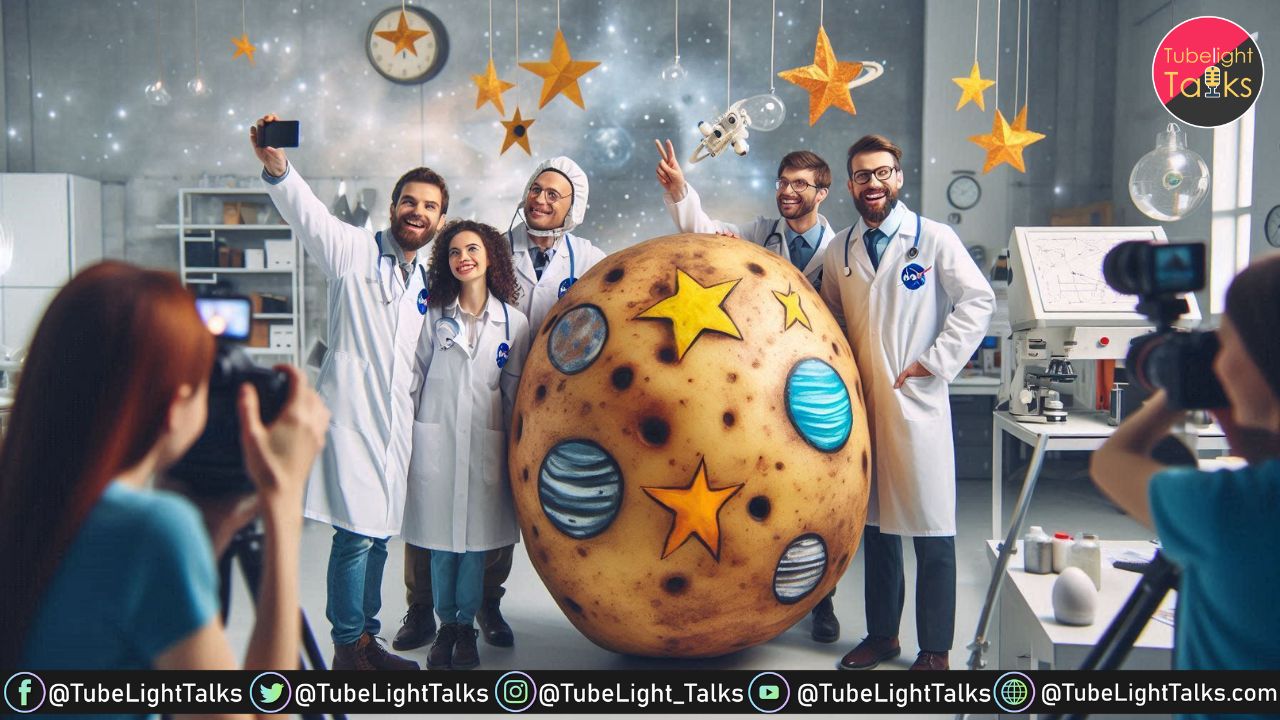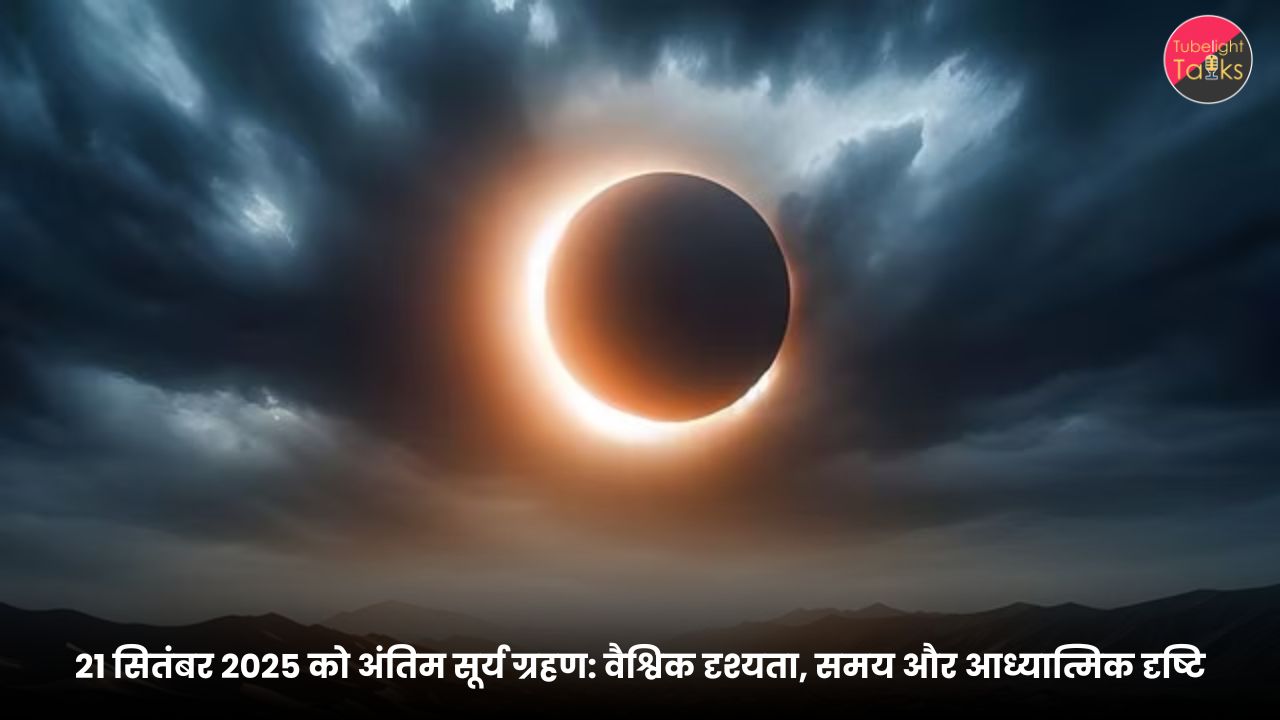On their Instagram feed, NASA posted an amazing picture of what they called a “space potato”. The picture shows Phobos, the larger of Mars’s two jagged moons, and was taken using the most potent camera yet deployed to another planet. Phobos is the bigger of Mars’ two moons, its diameter is still only roughly 17 by 14 by 11 miles (27 by 22 by 18 kilometers). Named for the Greek god of terror, Phobos is around 157 times smaller than Earth’s moon.
Main Points about the “Space Potato”
- The moon is lumpy, with several different-sized craters scattered over its brownish-red surface.
- Its diameter is roughly 17×14×11 miles (27 by 22 by 18 kilometers).
- It is getting closer to the Red Planet every 100 years at a pace of six feet (1.8 meters).
United States Space Agency Space enthusiasts are enthralled with NASA’s frequent release of breathtaking photos from our universe. Fans of instructive films and eye-catching images of Earth and space will find a wealth of content on NASA’s social media accounts. The space agency now thrilled its Instagram followers with a photo of a “space potato” in one of its recent posts. You did read correctly! The picture shows Phobos, the larger of Mars’s two jagged moons, and was taken using the most potent camera yet deployed to another planet.
About the “space potato”
NASA shared the image and stated, “Though Phobos is the bigger of Mars’ two moons, its diameter is still only roughly 17 by 14 by 11 miles (27 by 22 by 18 kilometers). Phobos has a lumpy appearance because its tiny size prevents its gravity from drawing it into a spherical like the Moon of Earth.”
“Phobos and Mars are headed for collision, but it will take some time for them to get there. It is getting closer to the Red Planet every 100 years at a pace of six feet (1.8 meters)”. The space agency continued, “At that rate, the moon will either smash into Mars in 50 million years or split apart into a ring.
According to the space agency, the picture was captured by the Mars Reconnaissance Orbiter spacecraft’s HiRISE camera. “Phobos, the moon of Mars, rises against the blackness of space. The moon is lumpy, with several different-sized craters scattered over its brownish-red surface. In the image description, NASA stated “A white patch is visible next to Stickney crater, a particularly large crater on its right side.”
Other information about the “space potato”
Only a few days ago, the space agency released the picture. It has received numerous comments and more than 415,000 likes since then. The image astounded those who visited the website. “It looks like it’s made of some kind of metal,” remarked one user. “Finally, we find a potato in space,” added another.
Notably, Phobos orbits Mars three times a day and lacks an atmosphere, according to NASA. Deimos is the name of the Red Planet’s other moon. In 1877, American astronomer Asaph Hall discovered both of Mars’ moons. Hall gave the moons their names in honour of the fabled offspring of Ares, the Greek equivalent of the Roman deity Mars. The Greek word Phobos signifies fear. Deimos’ brother is Phobos. In honour of his spouse, mathematician Chloe Angeline Stickney Hall, the crater bears her name.
NASA reports that there have been significant changes in Phobos’ daytime and nighttime temperatures. The temperature ranged from -112 degrees Celsius to a high of -4 degrees Celsius. Scientists surmise that the reason for this extreme heat loss is the inability of the dust on Phobos’ surface to hold.
Truth of the Universe
Isn’t that incredible? How humanity is developing daily, doing amazing feats along the way, and attempting to learn the mysteries of the sun, moon, stars, and many other celestial bodies.
Do you know that there are spiritual paths that lead to the full disclosure of the universe’s mysteries?
You can discover all the secrets of the universe which were kept hidden till now.
If you want to discover it all starting from the “Srishti Rachna” (creation of the universe) then please visit www.jagatgururampalji.org
FAQ (Frequently Asked Questions)
Q.1 Where is “space potato” now?
Ans. Currently, Phobos and Mars are getting closer by around 6 feet (1.8 meters) annually.
Q.2 What is the size of the “space potato”?
Ans. The size of the “space potato” is about 17×14×11 miles (27 by 22 by 18 kilometers) in diameter.
Q.3 Is the “space potato” smaller than Earth’s moon?
Ans. The “space potato” is around 157 times smaller than Earth’s moon.
Q.4 Which moon has the shape of a potato?
Ans. Martian moon Phobos has the shape of a potato.










